The 1989 Porsche 911 Turbo, also known as the 930, stands as a testament to the golden era of air-cooled engines, capturing the hearts of automotive enthusiasts worldwide. With its unique blend of raw power, distinctive design, and a storied legacy, this model remains a beloved icon in the Porsche lineup. Here, we delve into the features that make the 1989 Porsche 911 Turbo a remarkable piece of automotive history.
Design and Engineering Marvel
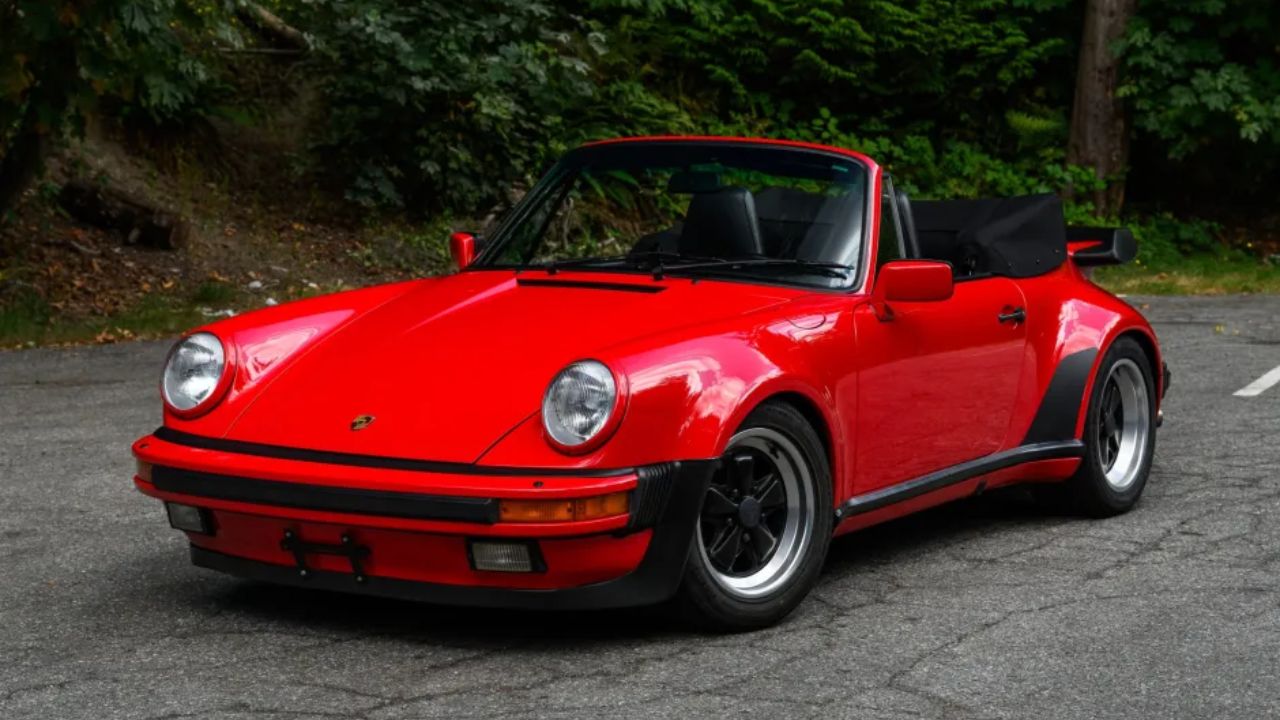
Iconic Aesthetic
The 1989 Porsche 911 Turbo is instantly recognizable on the road, thanks to its signature wide-body design, whale tail spoiler, and distinctive sloping roofline. These elements not only define its aesthetic appeal but also enhance its aerodynamic performance. The wide fenders accommodate larger wheels, providing better road grip and stability, while the whale tail spoiler helps to increase downforce, making it a quintessential design feature of this era.
Air-Cooled Legacy
The air-cooled engine is a hallmark of the 930 model, celebrated for its simplicity and durability. Unlike water-cooled engines, the air-cooled mechanism relies on airflow to dissipate heat, which contributes to its lighter weight and unique sound that enthusiasts cherish. This air-cooled legacy signifies an era where engineering ingenuity met pure driving pleasure, capturing the essence of what made Porsche an innovator in automotive design.
Engineering Innovations
The 1989 911 Turbo was equipped with several technological advancements for its time, most notably the KKK turbocharger. This turbocharger provided the model with formidable performance capabilities, allowing it to deliver power smoothly and efficiently. Such innovations were a testament to Porsche’s commitment to engineering excellence, setting benchmarks for subsequent models and enhancing the driving experience for enthusiasts.
Performance and Handling
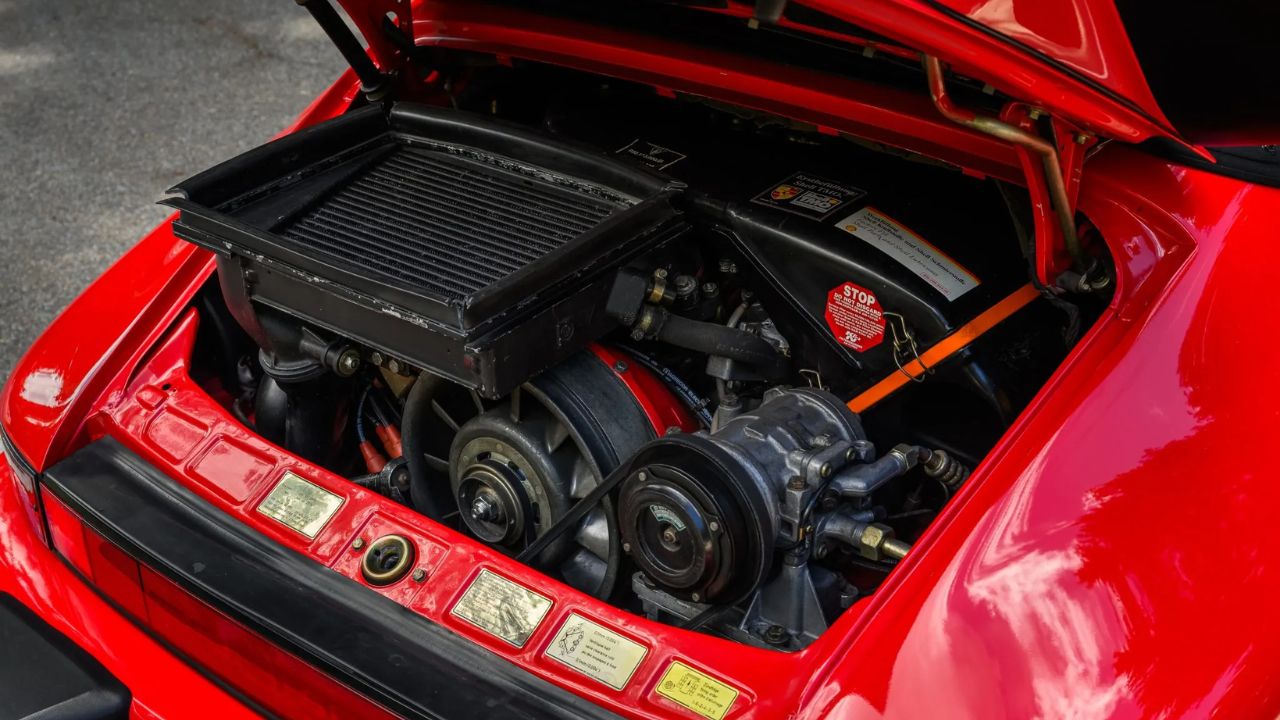
Power and Speed
Under the rear hood of the 1989 Porsche 911 Turbo lies a 3.3-liter flat-six engine capable of producing 300 horsepower. This engine provided an exhilarating driving experience, with the ability to accelerate from 0 to 60 mph in just a matter of seconds. It was considered a high-performance vehicle not just for its time, but one that continues to impress drivers today with its raw power and speed.
Driving Dynamics
The rear-engine layout of the 911 Turbo significantly influenced its driving dynamics, offering both thrilling and challenging experiences. Its weight distribution, with more weight over the rear axle, provided excellent traction and stability during acceleration. However, this layout also required skilled handling, especially in corners, making it a car that demanded respect and skill from its drivers.
Legacy of Performance
The 1989 Porsche 911 Turbo set the standard for high-performance sports cars, leaving a lasting impact on future models. Its influence is evident in the subsequent generations of 911s, where performance enhancements continued to build on the foundation laid by the 930. This legacy of performance has ensured that the model remains a benchmark in the sports car world.
Cultural and Historical Significance
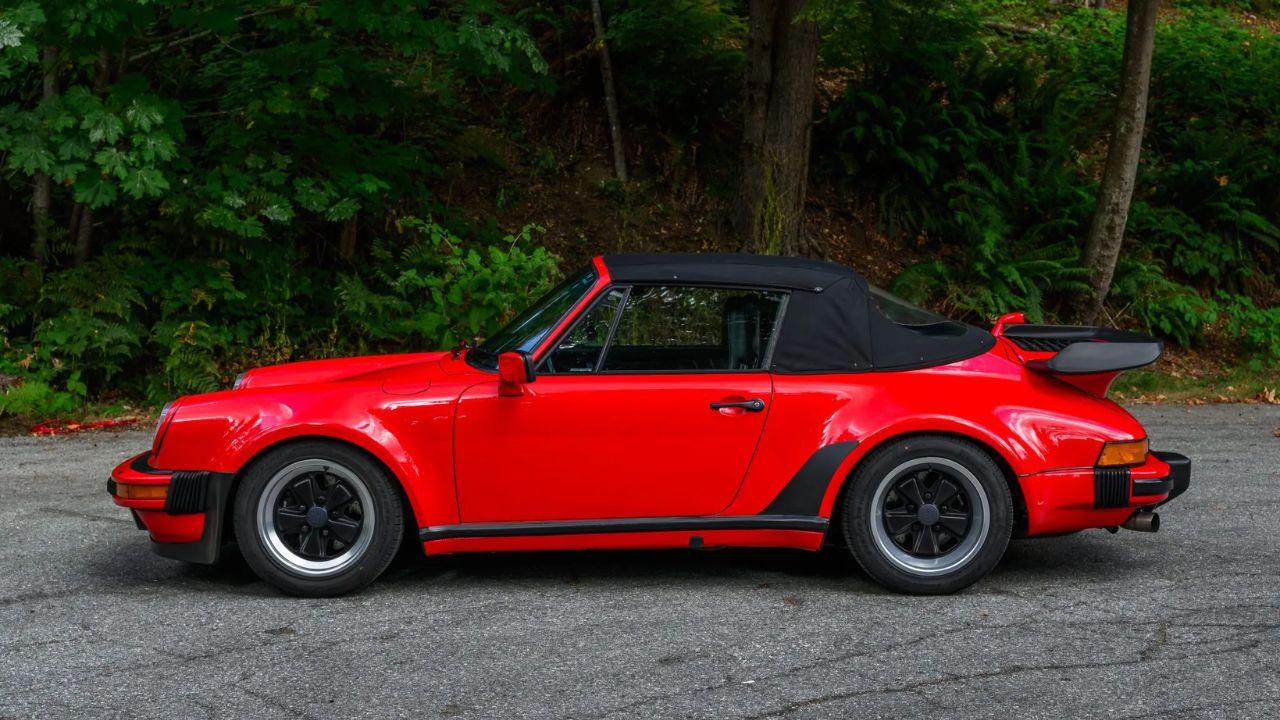
Influence on Car Culture
The 1989 911 Turbo became a symbol of success and aspiration, prominently featured in movies, music, and popular culture. Its presence in these mediums solidified its status as a cultural icon, representing the pinnacle of automotive achievement during its time. The car’s sleek design and powerful performance made it a favorite among celebrities and car enthusiasts alike.
Collector’s Gem
As a highly desirable model among collectors, the 1989 Porsche 911 Turbo has seen significant value appreciation over the years. Several factors contribute to its desirability, including its limited production numbers, unique features, and historical significance. For collectors and enthusiasts, owning a 930 is not just about possession but about owning a piece of automotive history.
End of an Era
The 1989 model marked the end of a distinctive chapter in Porsche’s history as one of the last of the air-cooled 911 Turbos. This transition signifies not just a change in engineering practices but also the end of an era that defined a generation of cars beloved for their unique characteristics and driving experiences.
Ownership and Maintenance
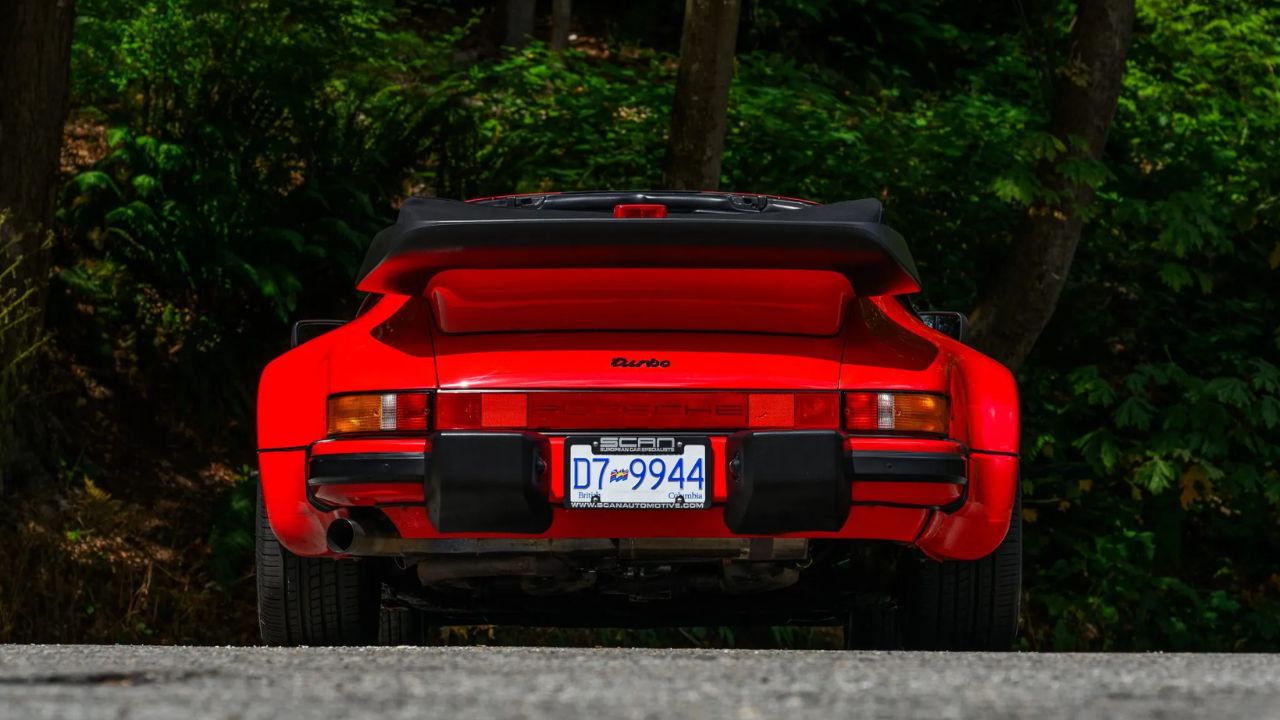
Challenges of Ownership
Owning a 1989 Porsche 911 Turbo comes with its set of challenges, especially in the maintenance of the air-cooled engine. Finding original parts can be difficult, and the expertise required for upkeep means that owners often need to rely on specialized mechanics. However, these challenges are often seen as part of the charm and character of owning such a classic vehicle.
Community and Resources
For those looking to own or maintain a 930, a vibrant community of Porsche enthusiasts offers support and resources. Clubs, forums, and events dedicated to air-cooled 911 models provide invaluable assistance and camaraderie among owners. This sense of community enhances the ownership experience, offering a network of knowledge and support.
Enduring Appeal
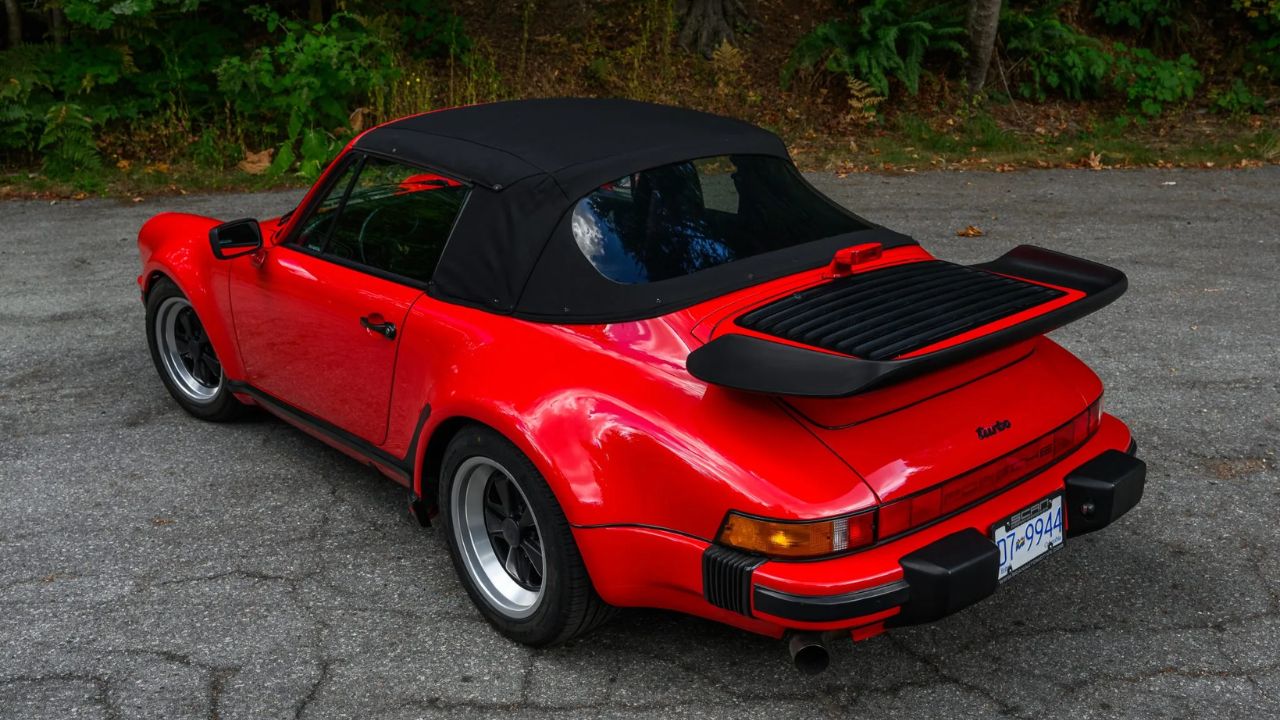
Timeless Design
The design of the 1989 911 Turbo continues to captivate car enthusiasts, maintaining its status as a timeless classic. Its aesthetic appeal and performance capabilities have ensured that it remains relevant to new generations, proving that true design excellence transcends time.
Investment Value
The 930’s value as a collector’s item continues to grow, with market trends indicating a strong future potential for appreciation. This makes it not just a car for driving pleasure but also a wise investment for those looking to own a piece of automotive heritage.
Emotional Connection
The emotional connection and loyalty inspired by the 1989 Porsche 911 Turbo among its owners contribute significantly to its enduring popularity. The bond formed with this iconic model goes beyond its mechanical capabilities, touching on a deeper appreciation for its historical and cultural significance.
Here’s more from us:
*Created with AI assistance and editor review.

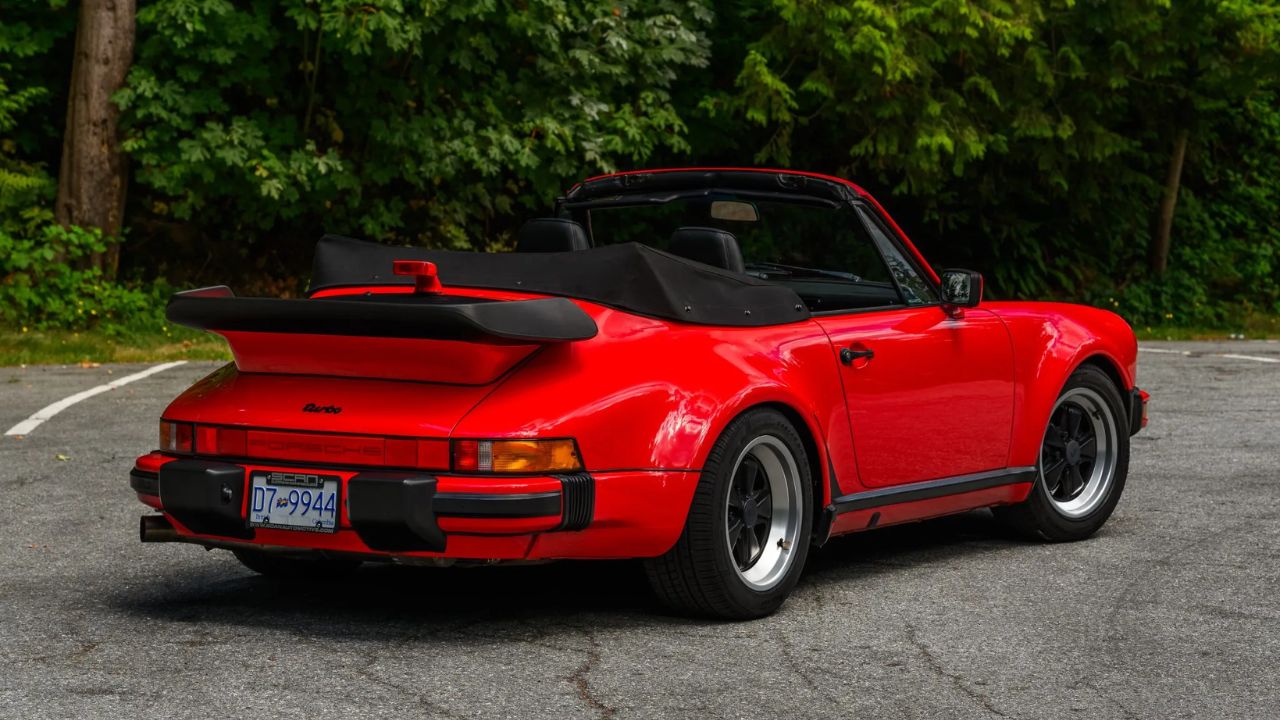
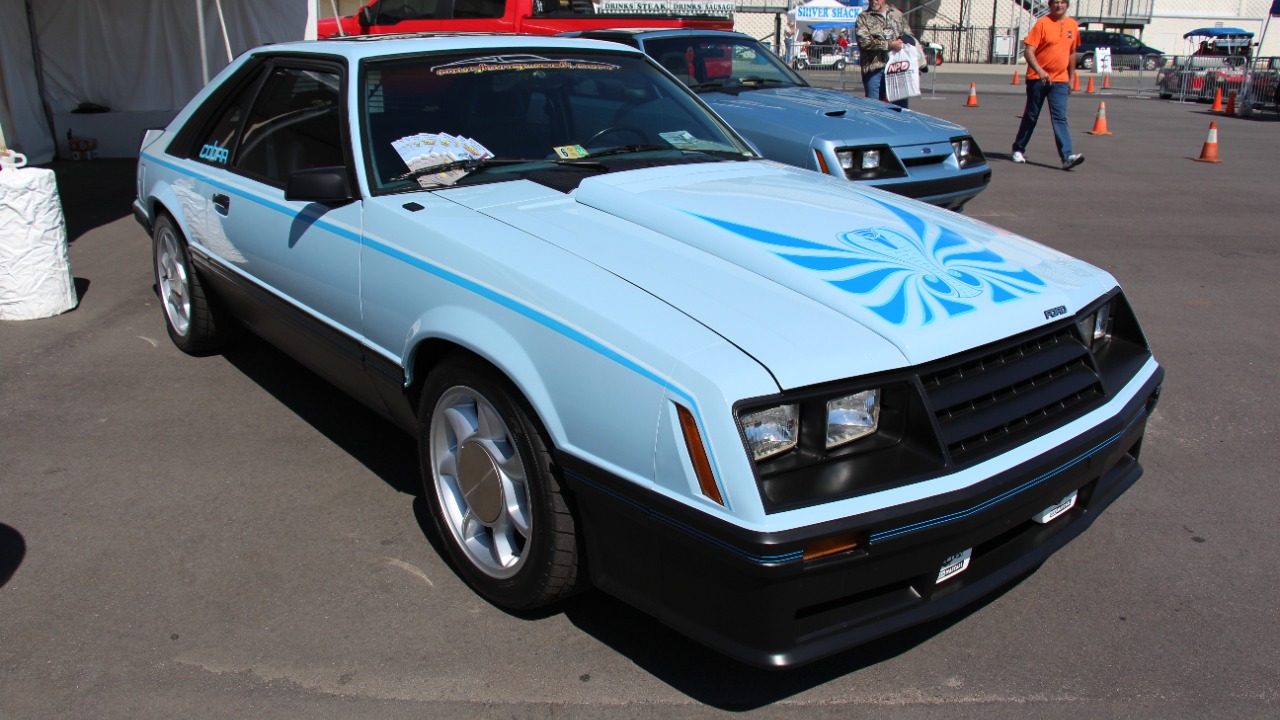
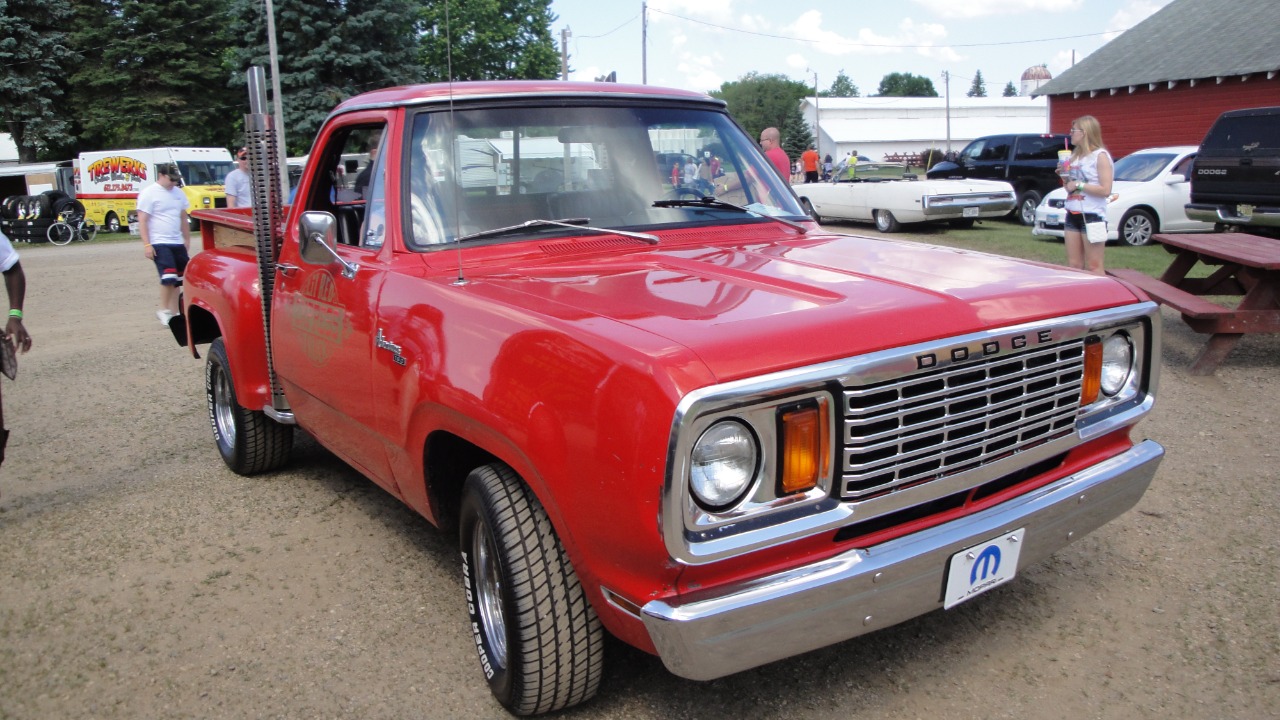

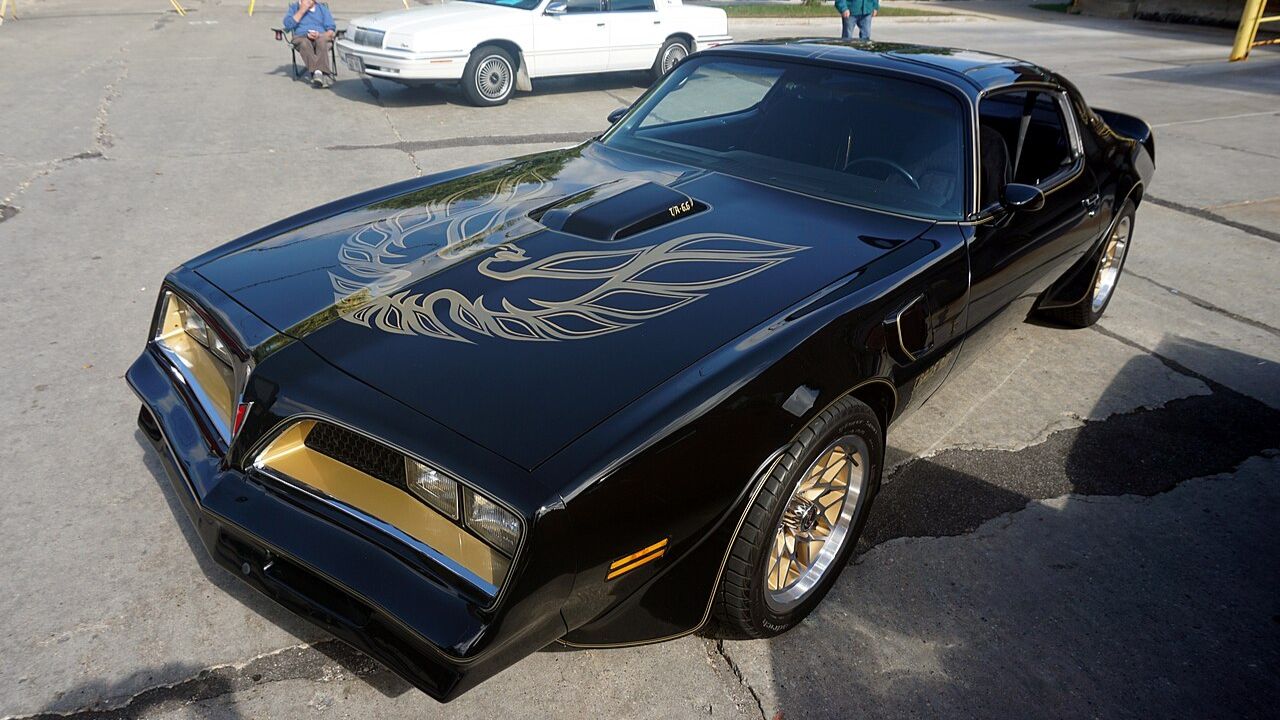

Leave a Reply